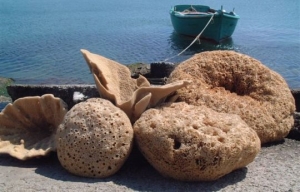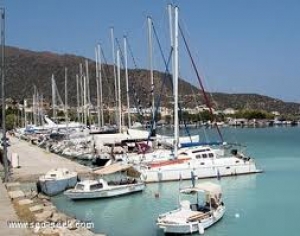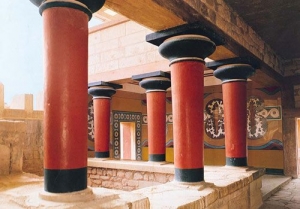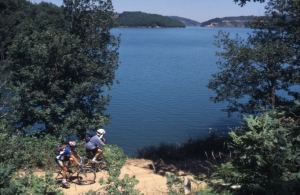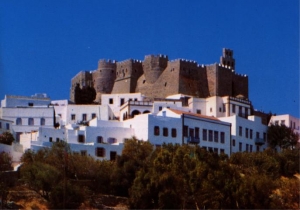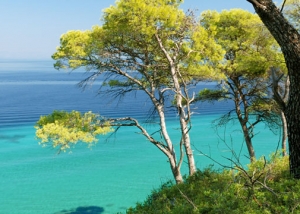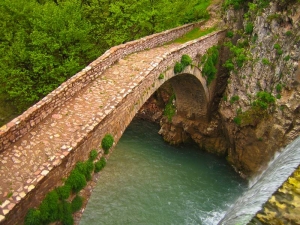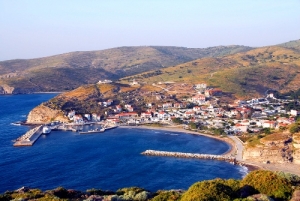Thassos is believed to have been named after Thassos, the son or grandson of Aginoras, the king of Phoenicia. Thassos went to the island in search or Europe and he established himself there as its first king. Other ancient sources claim other names for the island, such as “Hieria”, by her chill summer breeze, “Athria”, by her clear sky, “Coast of Goddess Demetra”, by her fertile ground or “Dasos”, meaning forest in Greek, from the many forests on the island.
Thassos Ancient Town
Right next to Thassos town lay the remnants of Thassos ancient settlement which had two ports, the military one, closed to public and ships other than military ships, and the commercial one, used for the town’s commercial activities. The Agora, the cornerstone of politics, administration and economic activities is among the most important findings on the island. The findings number various statues, sculptures and inscriptions of great value most of which are exhibited today at the Museum of Louvre as the excavations that brought them to light was conducted in 1911 by the Archeological Faculty of France. The ancient Odeon and the ancient theatre, the sanctuary of Zeus and Artemis are also among the principal parts of the site.
Olives and Olive Oil Museum
Right outside the settlement of Skala Prinos is located this newly established and pretty interesting museum, paying a tribute to the miraculous products of olive trees! An initiative of a local bio-oil business, the museum hosts a space where a representation of oil production takes place, a photography exhibition space, a part where all types of oils are exhibited (around 40 from the 130 different types that are known up today), a projections’ space and finally the olive products exhibition, where you will be able to taste and buy anything you like!Kalogeriko
Kalogeriko is a historical building standing out from all the other buildings at the centre of the ancient port of Thassos. Is was built at the end of the 19th century and nowadays it hosts various cultural exhibitions and galleries of Greek and foreign artists. You should absolutely visit it and admire its architecture.
Potamia
A small traditional village located on the eastern part of the island, very near Panagia and Chrisi Akti. Potamia is built on the foot of Mountain Ypsarion and it consists in beautiful small houses with stone walls and wooden roofs. Potamia is ideal for hiking as here exist various paths that enter the mountain in a scenery of lush vegetation and total serenity.
Kazavitia
The Small and Large Kazaviti (Small and Large Prinos) villages are found in the north central part of the island and are, without a doubt, among the most beautiful and picturesque villages of the island. Small and narrow stone paved alleys, stone built houses with wooden terraces and balconies and painted ceilings, the scenery here will definitely take you back in time. Though both of the villages have seen very glorious times in the past, when the inhabitants stayed and worked here, protected by the pirates that raged the lowland and seaside settlements, nowadays are rather abandoned. Still standing here are the remnants of an old school that contributed greatly to the island’s history, the old mansion houses and churches. The perfect place to relax in the sound of nature and running waters and have a lunch or coffee at the Large Kazaviti’s central square.
Kastro
On one of the tops of mount Ypsarion, right in the heart of the island, lies the oldest settlement of the island, Kastro (meaning “castle” in Greek). Its inhabitants were here protected from the pirates till most of them left the village to work to the mines of a foreign company and transferred their settlement at Limenaria. The village used to be the place where they spent their holidays but during the recent years many attempts to restore the village have taken place with remarkable results!
We could keep on describing the island’s magnificent villages but it would be better for you to explore them in person making sure you will not leave aside Panagia, Kinira, Astris and Themonia.
Source: Cycladia.com

